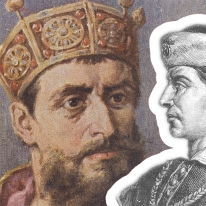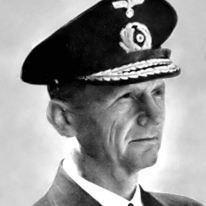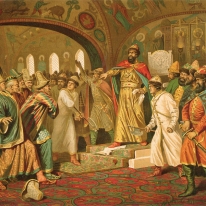The book Approaches to Death and Dying: Bioethical and Cultural Perspectives, edited by Marta Szabat and Jan Piasecki, is part of a still too narrow catalogue of works devoted to end-of-life themes. The volume consists of eleven articles arranged in four parts corresponding to a broad range of issues: law, ethics, philosophy, and cultural studies. The arrangement of the book is thus constructed around various perspectives upon which any reflection on death and dying must be based. This is perhaps indicative of how difficult it is to adopt an unambiguous attitude towards death–modernity, which introduces a multitude of possible choices and decisions regarding our own bodies, has enhanced individualism but at the same time done away with the order provided by old customs, cultural arrangements, strategies towards the inevitable and the power exerted by that order. Addressing the issue of death and dying in the suggested contexts conjures up a number of meanings and problems that require reflection and even solutions. I am delighted to say that I have no hesitation in recommending the publication of Approaches to Death and Dying: Bioethical and Cultural Perspectives, an impeccably edited volume of considerable intellectual substance. The book demonstrates the importance of collective works integrating the research of various scientific communities, provided, however, that the selection of both the topic and the writers is not governed by chance, but rather by a carefully thought-out and faultlessly explored idea of more general resonance. And this is the case here, for which congratulations and respect are deserved. I am convinced that this opinion will be shared by the readers of this publication. The review prepared by Professor Agnieszka Kaczmarek (Adam Mickiewicz University, Poznań, Poland)
Wydawnictwo Uniwersytetu Jagiellońskiego
Oprawa miękka
ISBN: 978-83-233-5505-2
ISBN: 978-83-233-5505-2
Liczba stron: 215
Format: 15.8x23.5cm
Cena detaliczna: 39,90 zł
Format: 15.8x23.5cm
Cena detaliczna: 39,90 zł





